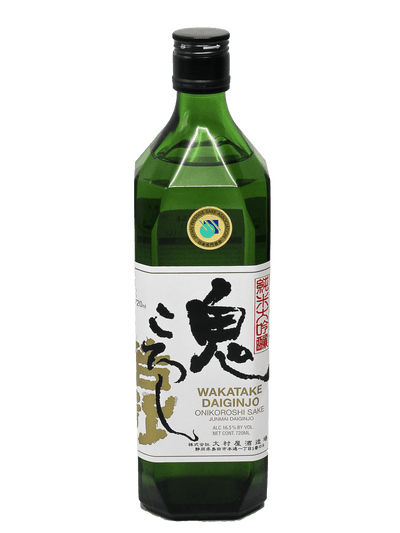Wine Basics: What does “AVA” mean?

"AVA" stands for American Viticultural Area, which is a designated wine grape-growing region in the United States. AVAs are defined by the Alcohol and Tobacco Tax and Trade Bureau (TTB) of the U.S. government and are based on geographical, climatic, and geological factors that influence the character of the wines produced from grapes grown in a specific area. Well-known AVAs include Napa Valley, Sonoma Valley, and Willamette Valley, which you will see at your favorite online wine store. Each AVA has its own unique set of growing conditions and characteristics that give the wines produced there a distinct flavor profile and style.
A nested AVA is a subregion within a larger AVA that has its own unique growing conditions and characteristics. These subregions may have different soils, climates, and other geographical features that distinguish them from the larger AVA.
For example, the Napa Valley AVA is a large AVA in California that encompasses several smaller AVAs, including the Stags Leap District AVA, the Rutherford AVA, and the Oakville AVA. These nested AVAs are recognized as having their own unique characteristics and are used to identify specific areas within the Napa Valley that are known for producing high-quality wines. Your wine store USA, Bottle Barn, makes finding wines from such AVAs very easy!
Winemakers can use nested AVAs to further differentiate their wines and provide consumers with more specific information about the origin and quality of the wine. For example, a winemaker in the Stags Leap District AVA could label their wine as coming from that specific subregion, which would signal to consumers that the wine was made from grapes grown in an area with unique growing conditions and a distinct style.
Nested AVAs serve as a way to further refine the information about the origin and quality of a wine and to highlight specific areas within a larger AVA that are known for producing high-quality wines.
America versus Europe
The AVA system in the United States and the Appellations of Origin (AOs) system in Europe both serve to identify and define geographical regions for wine production. However, there are some key differences between the two systems:
- Definition: AVAs are defined by the TTB based on geographical, climatic, and geological factors, whereas AOs are defined by the European Union based on traditional and historical boundaries, as well as specific rules regarding grape growing and wine production.
- Rigidity: The AO system in Europe is generally more rigid and prescriptive in terms of the types of grapes that can be grown, the winemaking methods used, and the levels of alcohol, acidity, and sugar allowed in the wine. AVAs, on the other hand, are less prescriptive, allowing for greater flexibility in terms of grape varieties and winemaking methods.
- Labeling: In Europe, wines produced within an AO must adhere to strict labeling requirements and display the AO designation on the bottle. In the United States, AVAs may be used on wine labels, but they are not required.
Big and Small
The size of AVAs can vary greatly, with the smallest AVAs being only a few square miles in size and the largest stretching over several thousand square miles.
The smallest AVA in terms of the surface area is the Cole Ranch AVA in California, which covers only 2.5 square miles. The Cole Ranch AVA is known for its unique terroir, with soils and climate conditions that are distinct from the surrounding areas and is recognized for producing high-quality Chardonnay and Pinot Noir wines.
On the other hand, the largest AVA in terms of the surface area is the Columbia Valley AVA in Washington state, which covers over 11,000 square miles. The Columbia Valley AVA is a large, diverse region that encompasses several smaller AVAs, including the Yakima Valley and Walla Walla Valley and is known for producing a wide range of wine styles, from crisp Rieslings to rich Cabernet Sauvignons.
In summary, the size of AVAs can vary greatly, with the smallest AVAs covering only a few square miles and the largest stretching over several thousand square miles. The size of an AVA is determined by its unique growing conditions, including climate, soil, and geographical features, and is used to identify specific regions that are recognized for producing high-quality wines.


















Leave a comment